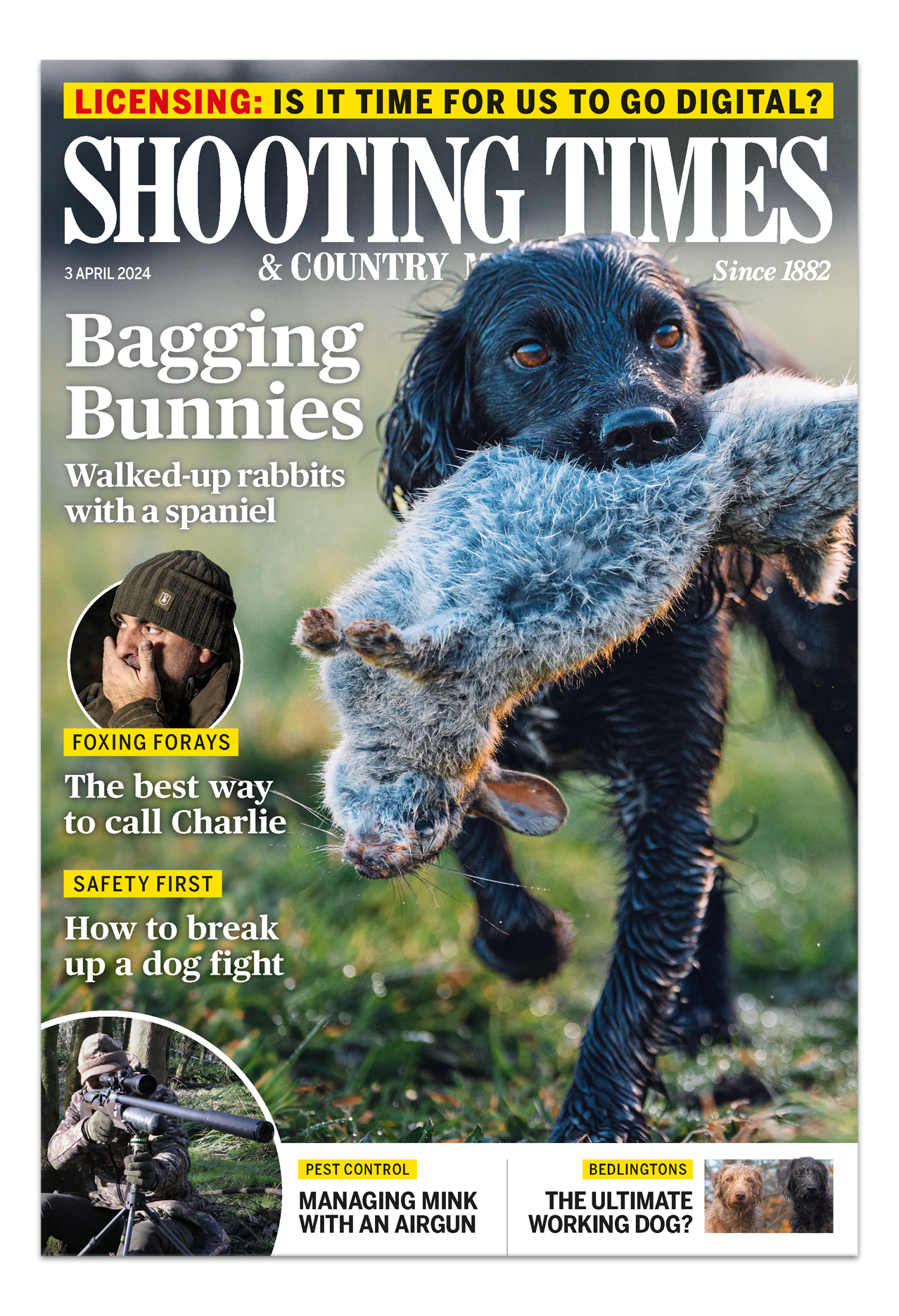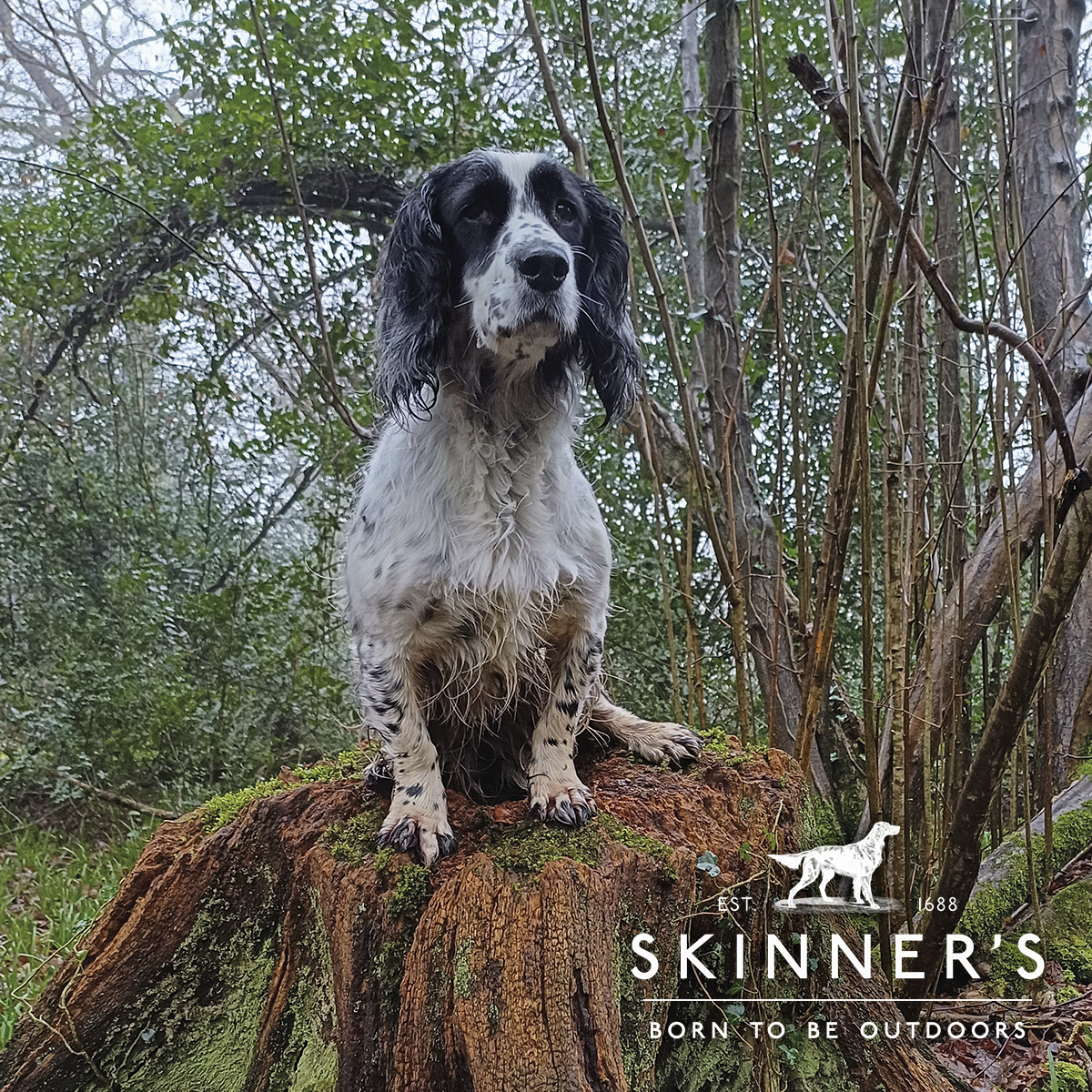David McKay Brown Interview
Scottish gunmaker David McKay Brown talks round action shotguns and shooting in the field with Robert Cuthbert.
David McKay Brown needs no introduction, but we’ll give him one any way. He started McKay Brown Gunmakers in 1967 after a decade at Alex Martin Ltd where he began his apprenticeship. His small team of gunmakers, which operates out of a small workshop in Bothwell near Glasgow, produces a variety of shotguns and rifles to worldwide acclaim.
So David, what’s new in the world of Scottish gunmaking?
“We’re busy designing a new engraving pattern. I have taken the basis of the pattern from a Bronze Age helmet that was dug up recently in Dumfriesshire. It has beautiful Celtic scrollwork on it. We’ve been working on this for several months now. It is true Celtic scroll as opposed to Celtic strap work.”
Presumably you use one of your own guns when you’re shooting?
“I do. My favourite is the first one I ever built in 1974 – a round action side-by-side. Twice it’s been up for sale but I’ve managed to survive without selling it. It is a single gun but I also have a pair now: 12-bore side-by-sides for the occasional days when I am shooting double guns. I use a side-by-side for flighting duck too, but for the high pheasants and partridges I use over-unders.”
So when did all this start, David?
“I left school with all the qualifications to go to university but decided I wanted to work with my hands, and the best job I could get that was close to that was as an apprentice draughtsman with a heavy-engineering company. After six months with them I had a .410 shotgun on the drawing board. I soon got an apprenticeship with Alex Martin of Glasgow, very well known for their rifles, essentially building and repairing match rifles. They were taken over and incorporated into John Dickson of Edinburgh. So I spent my time between the Edinburgh and Glasgow workshops.
Gunmaking had literally come to an end after the war killed the industry in Scotland. The gunmakers found other employment with engineering companies. I started my company in 1967. It took me four years to actually manufacture my first round action side-by-side. In the early days I was only producing one or two guns a year and we have gradually built up to producing around 30 guns a year.”
What form does most of your shooting take?
“The bulk of my shooting is grouse. I’m a member of a syndicate in Northumberland. I shoot 14 days with that team and then several other days. I would shoot at least 12 days on the syndicated moor and then four days elsewhere – a couple of days in Scotland and other days in County Durham, with Lindsay Waddell at Raby.”
Grouse seem to feature a lot in your life?
“I can remember watching my father shoot grouse. I’d have been four or five. I can remember eating grouse before I even went to school. It’s always been grouse for me, really. My mother said at the time there were no chickens available, so we ate grouse. The first chicken my mother bought, I was very disappointed. I would have been seven-years-old then, just after the war had ended. I thought it was just so bland. Even today I don’t eat chicken. I always have enough grouse in the freezer to last me the whole year, so I can eat it at least once every two weeks. I also have duck, teal and widgeon in the freezer and a few snipe. Instead of beef I eat venison.”
Where is home for you?
“In the Clyde Valley. I have a smallholding and within the farm I have a deer park with a herd of red deer. I also have a very good flight pond for duck.”
Your father was very much your mentor. Can you remember your first formal day with him?
“I never really had a formal day with my father. It was always rough, walked-up days. He taught me fieldcraft and safety; taught me well.”
What was the most extraordinary day in the field for you, a day with one of your guns?
“That was two years ago. I killed an African bull elephant. It had been wounded. I hunted that elephant and physically ran after it. I couldn’t believe I could ever run like that but the adrenaline must have been so great that I pursued it for miles. I used one of my own .375 calibre rifles. I have bigger rifles, a .416 and .470, but the circumstances were such that I didn’t expect to be running after an elephant. That was the most exciting thing I’ve ever done. The responsibility of killing an animal that stands 12 feet at the shoulders is indefinable.”








